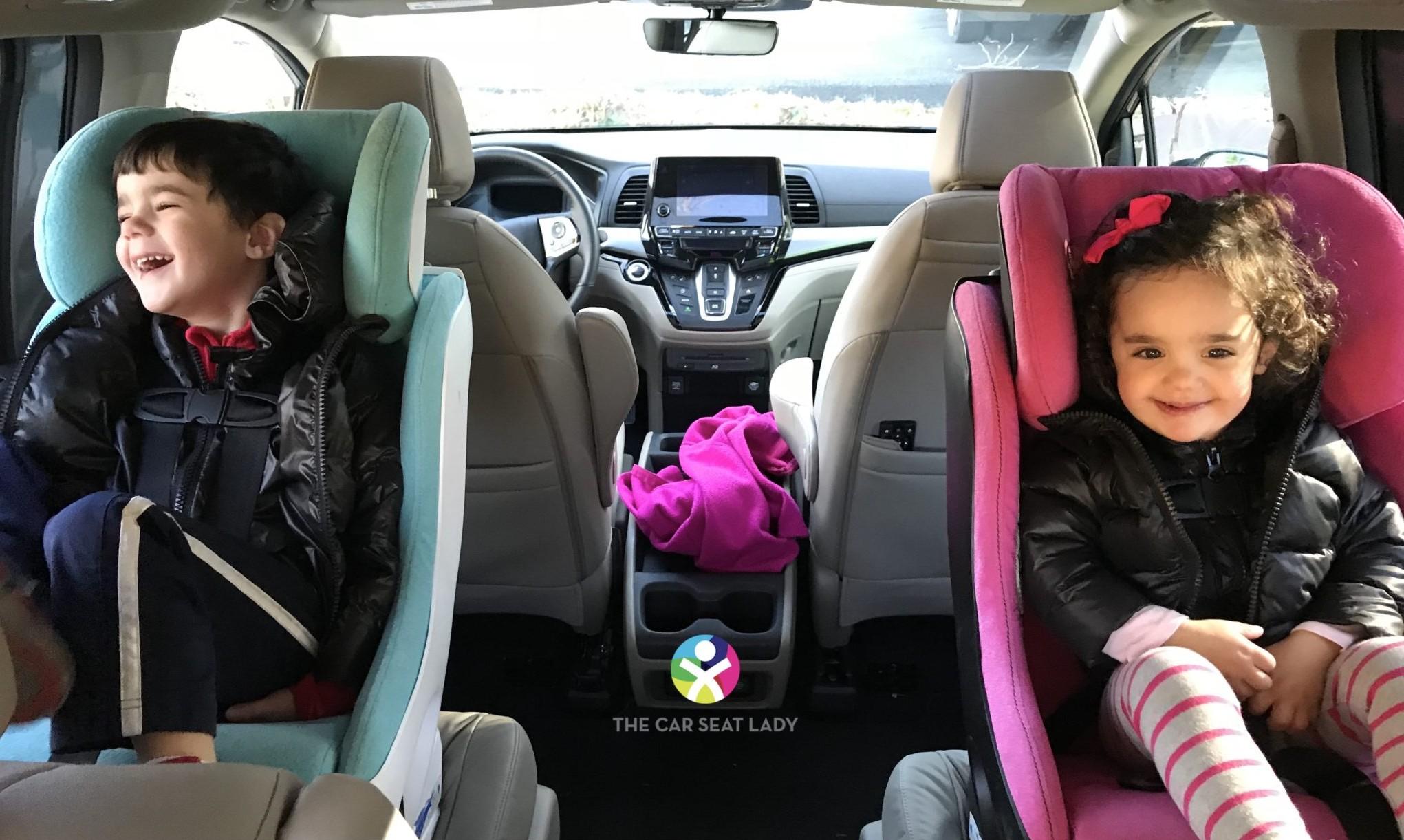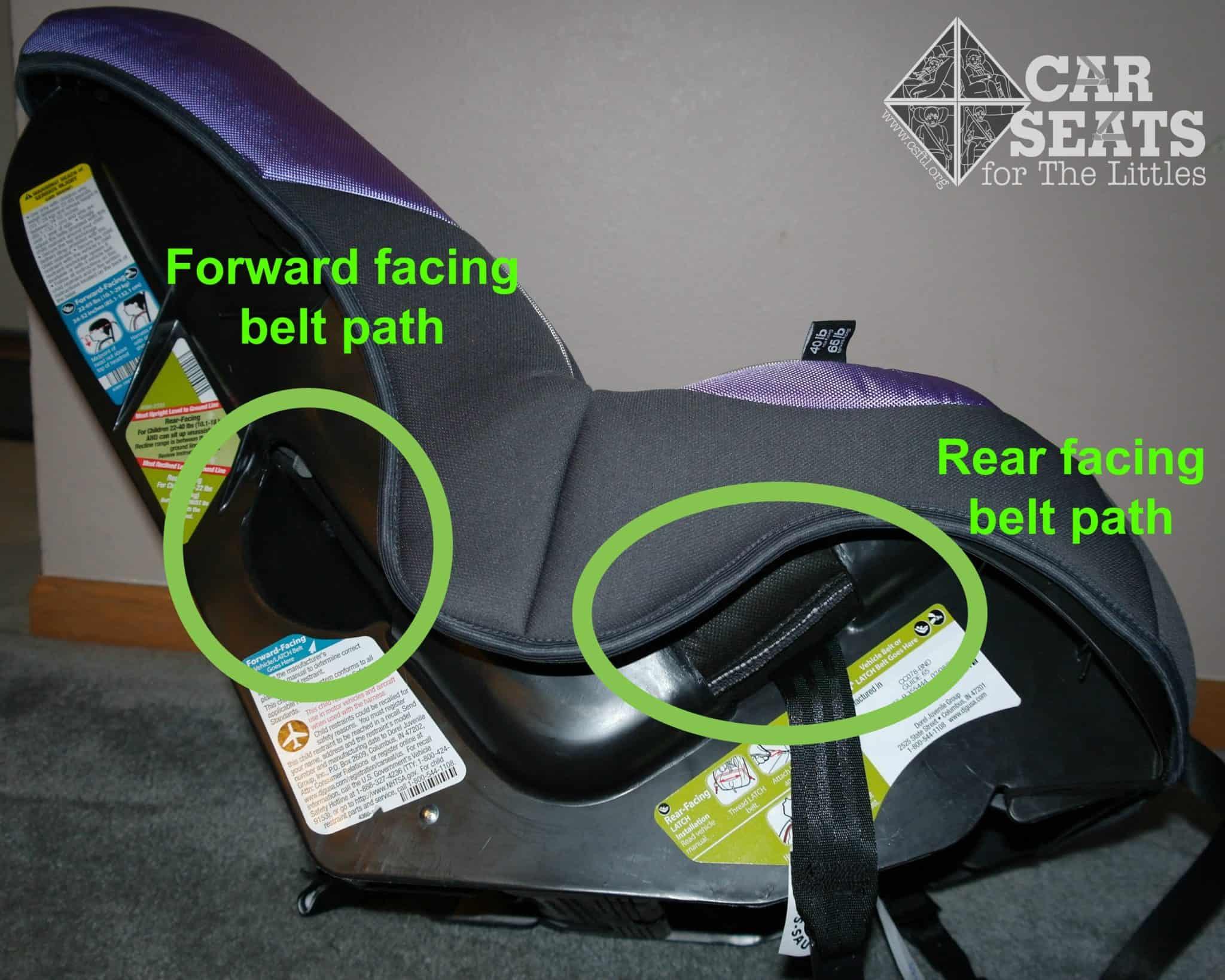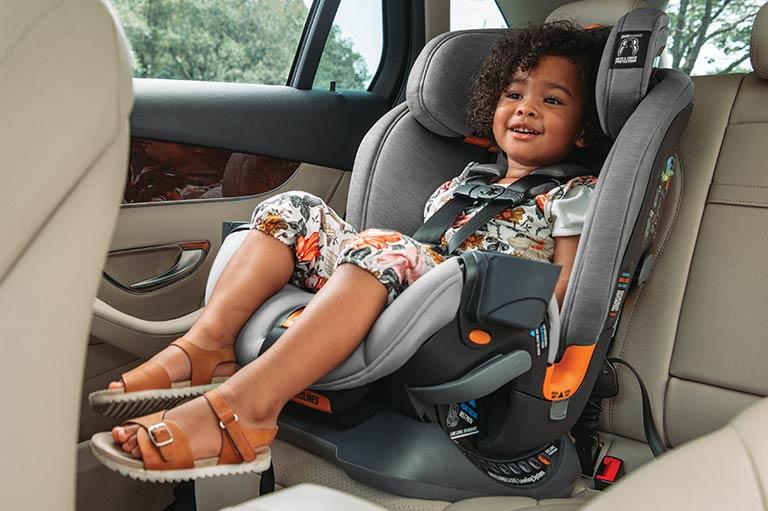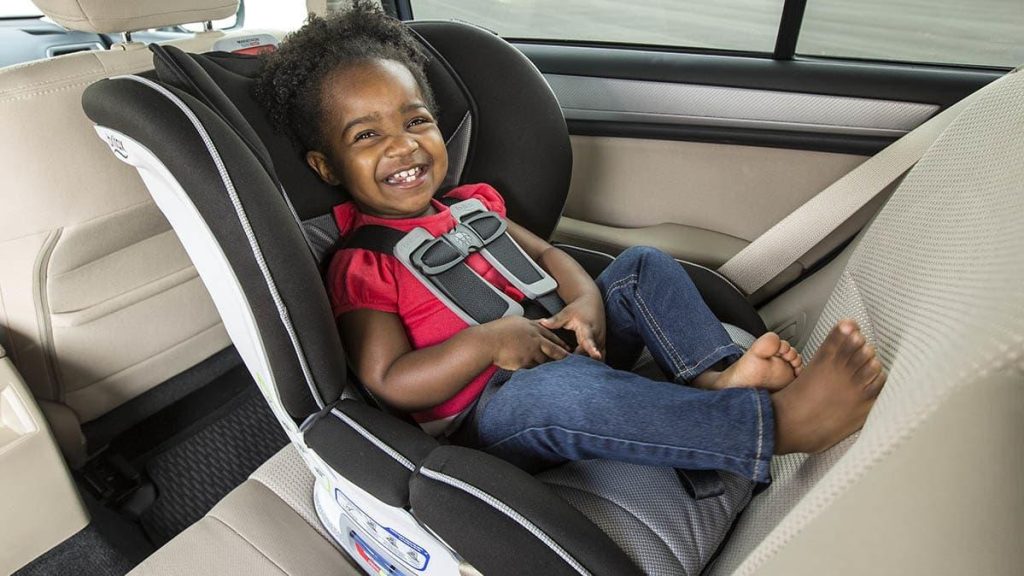In the ever-evolving landscape of child passenger safety, the rear-facing car seat stands as a steadfast guardian-quietly revolutionizing how we protect our youngest travelers. “Rear-Facing, Forward-Thinking: Safety First Car Seats” delves into the science, innovation, and peace of mind that come with choosing the right seat for your child. As parents and caregivers navigate a world brimming with choices, understanding the importance of rear-facing design becomes not just a recommendation but a vital step toward safer journeys. This article explores why looking backward can be the smartest, safest way forward.
Benefits of Rear-Facing Car Seats for Child Safety
Embracing rear-facing car seats is one of the smartest decisions parents can make to safeguard their little ones. These seats are engineered to cradle a child’s head, neck, and spine during sudden stops or collisions, distributing the crash forces over the entire back of the seat instead of concentrating on fragile body parts. Research consistently shows that children are up to five times safer in rear-facing seats during the critical early years. By encouraging natural posture, they reduce the risk of severe injuries, making every ride a step towards worry-free parenting.
The benefits extend beyond mere impact protection. Rear-facing seats:
- Provide superior support for the head and neck, which is crucial as infants have underdeveloped muscles.
- Help maintain a safer passenger position, reducing the chance of ejection during an accident.
- Encourage longer use, since many models accommodate children well beyond the typical infant stage.
Consider this quick safety comparison:
| Seat Orientation | Average Age Range | Injury Reduction |
|---|---|---|
| Rear-Facing | Birth to 2-4 years | Up to 75% |
| Forward-Facing | 2-4 years to 7 years | Up to 54% |

Choosing the Right Rear-Facing Car Seat for Your Child
When selecting the perfect rear-facing car seat, it’s essential to focus on more than just the price tag or brand name. Consider the size and growth potential of your child – many parents overlook how quickly infants and toddlers can outgrow their seats. Look for seats with adjustable harness heights and spacious interior designs that can accommodate your child’s growth for at least two years, ensuring safety without constant replacements. Equally important is verifying that the seat meets or exceeds current safety standards and features impact-absorbing materials to provide superior protection during sudden stops or collisions.
Ease of installation should never be underestimated; a correctly installed seat is the cornerstone of child safety on the road. Opt for models equipped with clear, user-friendly instructions and easy-to-use LATCH systems or seat belt locks. Additional factors to weigh include:
- Weight and height limits that fit your child’s current size
- Adjustability to avoid premature transition to forward-facing seats
- Compatibility with your vehicle’s seating layout and seatbelt system
- Fabric quality and breathability for your child’s comfort on every trip

Installation Tips to Maximize Rear-Facing Car Seat Protection
Ensuring your rear-facing car seat is installed correctly is crucial for the highest level of protection. Start by firmly anchoring the seat using either the vehicle’s LATCH system or the seat belt-never both, unless the car seat manufacturer explicitly allows it. To check for tightness, grab the base near the belt path and give it a good shake; the seat should not move more than an inch side-to-side or front-to-back. Proper recline angle is equally important, as it helps support your child’s head and airway. Most car seats have built-in angle indicators or adjusters-make sure these are visible and correctly set to prevent your little one’s head from falling forward.
- Consult your vehicle owner’s manual and the car seat guide to identify the safest installation methods and locations.
- Secure any loose straps to avoid trapping or entanglement in an accident.
- Keep the harness snug, placing the chest clip at armpit level for optimal restraint.
- Verify the car seat isn’t expired or has no visible damage before installation.
| Installation Aspect | Best Practice | Common Mistake |
|---|---|---|
| Anchor Method | Use LATCH or seat belt, not both | Combining both without guidance |
| Seat Tightness | Less than 1 inch movement | Loose fit or not checked |
| Recline Angle | Recommended by indicator | Too upright, risking airway blockage |

Guidelines for Transitioning to Forward-Facing Seats Safely
Making the switch from rear-facing to forward-facing seats is a milestone in your child’s journey-but safety should be your co-pilot throughout. Start by ensuring your child has reached the recommended age, weight, and height thresholds specified by your car seat manufacturer. Remember, the American Academy of Pediatrics suggests keeping children rear-facing until at least 2 years old or until they exceed the seat’s limits. When transitioning, position the car seat tightly against the vehicle seat, using either the LATCH system or seat belt, and double-check that it doesn’t move more than an inch side to side or front to back.
To keep safety checks straightforward, here’s a handy checklist to follow before your child rides forward-facing:
- Harness Adjustment: Ensure the harness straps sit at or above the child’s shoulders.
- Chest Clip Placement: Align it at armpit level for optimal protection.
- Seat Angle: Confirm the seat recline matches the manufacturer’s forward-facing guidelines.
- Installation Check: Tug the seat firmly to verify secure installation.
- Vehicle Compatibility: Make sure your car seat model is compatible with your vehicle’s seating.
| Child’s Age | Recline Angle | Harness Position |
|---|---|---|
| 2-4 years | 45° upright | At or above shoulders |
| 4+ years | Fully upright | At shoulders |
In Retrospect
As we navigate the ever-evolving landscape of child passenger safety, rear-facing car seats stand as a steadfast guardian-quietly protecting our youngest travelers with wisdom grounded in years of research. Choosing a rear-facing seat isn’t just a momentary decision; it’s an investment in peace of mind, a commitment to putting safety first, and a forward-thinking embrace of best practices that keep precious lives secure. In the journey of parenthood and beyond, these seats remind us: sometimes looking back is the smartest way to move forward.
